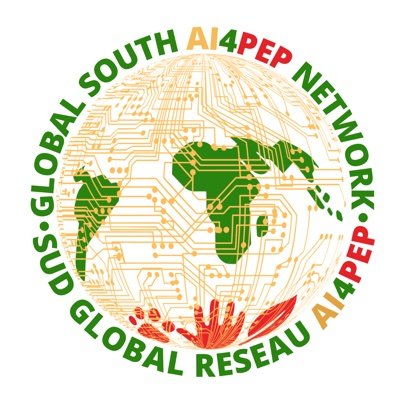Cameroon
Hub: University of Buea, Cameroon (Node: University of Ngaoundere, Cameroon)
Title: Controlling re-emerging and emerging infectious diseases using a digital one-health approach in Cameroon
Team Members
General Objectives
1. To provide mobile and web-based AI solutions to help strengthen Cameroon’s public health system to improve prevention, preparedness, and response to emerging and re-emerging infectious disease outbreaks.
2. To develop artificial intelligence model to predict spread of infectious disease outbreak by combining health system routine data and environment data.
3. To integrate home healthcare with Artificial Intelligence and Big Data Analytics for the early identification and management of Emerging and Re-emerging Infectious Diseases.
4. To generate data and analyse machine learning, and deep learning approaches applied to study zoonotic diseases, to understand predictive models, to help researchers identify the risk factors, and develop mitigation strategies.
Specific Objectives
1. Development of Consumer Health Informatics solutions centred around mHealth technologies.
2. Deployment and configuration of health information systems for the collection of quality health data at health facilities Conduct AI and other research on collected patient-level data.
3. Development of searchable online data repositories and corresponding dashboards for visualization of health statistic.
4. Evaluate existing EWARS application and implementation.
5. Improving national capacity in development and implementation of AI solution for pandemic preparedness.
6. Improving regulation and policy on AI-based decision making tools.
7. Develop AI model to augment capacity and functionality of the existing EWARS.
8. Enhancing inclusivity and representativeness of current EWARS.
9. To improve the detection rate of ERID by integrating AI and home health care.
10. To improve on the identification of early warning signs by using AI and home health care.
11. To improve the rapid response systems for ERID through integrating AI and home health care.
12. To characterize risk factor on human-animal wildlife interface.
13. To use next generation sequencing (metagenomic) to early detect and characterize emerging and re-emerging infectious diseases.
14. To evaluate the impact of climate change on the dynamic of endemic zoonosis at the human-animal wildlife interface.
15. To use machine learning and deep learning for the predictive of zoonotic disease.
16. To improve the sharing of information, data, and resources among different stakeholders and enhance collaboration and coordination across multiple sectors and disciplines.










